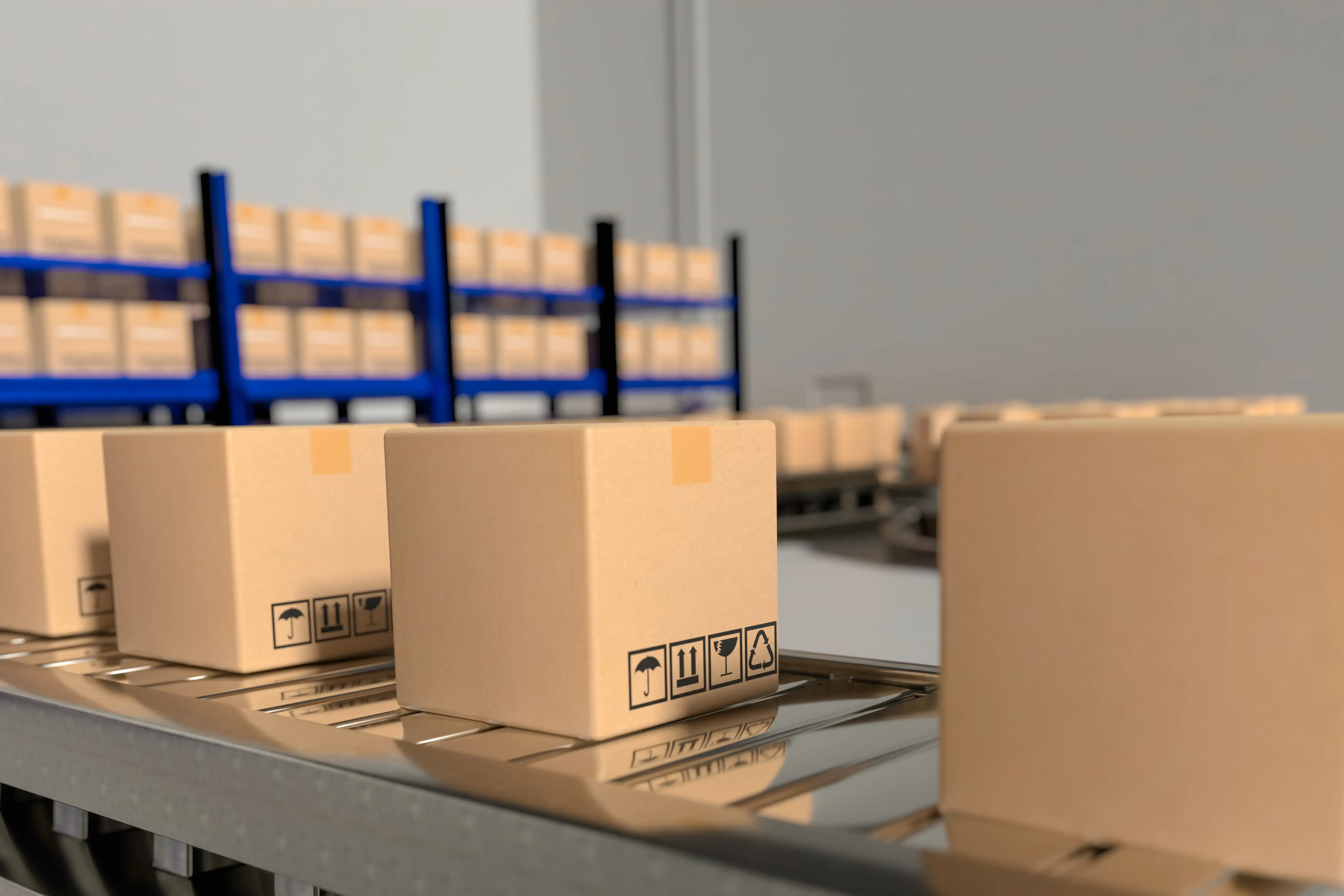In an increasingly competitive global market, almost all industries are in the midst of a servitization transformation. By shifting from just selling manufactured products to also providing services, product-driven companies are unlocking new revenue streams, enhancing customer satisfaction, and gaining a competitive edge.
Redefining Manufacturing Through Services
Servitization, also known as solution selling and advanced services, involves the bundling of manufactured products with value-added services, such as maintenance, repairs, training, and data analytics. With this shift, manufacturers move beyond selling individual products to selling comprehensive solutions that address evolving buyer needs. By adopting a customer-focused strategy, businesses use a “solution selling” model to drive growth and thrive in today’s competitive landscape.
In essence, this value-based strategy expands a company’s capabilities to deliver a greater customer experience.
How Does Servitization Work?
Harvard Business School Professor Theodore Levitt famously said: “People don’t want to buy a quarter-inch drill. They want a quarter-inch hole!” It’s probably one of the most well-known quotes in marketing, and it’s just as true today.
Imagine you’re a manufacturer of industrial equipment. Selling just a drill press doesn’t solve the buyer’s problem because it doesn’t address their core need: creating the hole. By just focusing on the drill press, you’re missing the bigger picture and limiting your potential.
By adding maintenance services, you’re not just selling a drill; you’re providing a solution to your customer’s problem: the need to drill a quarter-inch hole. You’re delivering the desired outcome, not just the tool to achieve it.
Examples of buying the outcome, include:
- Electronics firm Philips provides LED “Lighting-as-a-Service" to the airport instead of lamps and is responsible for the performance and durability of the system. This service-led model led to significant cost savings and 50% less electricity for lighting.
- Instead of simply selling jet engines, Rolls-Royce offers a “power-by-the-hour” model where customers pay for the engine’s performance rather than owning it outright.
- Caterpillar offers a range of services, or “Equipment-as-a-Service,” including equipment rental, maintenance, and repair services. This allows their customers to access the equipment they need when they need it without the burden of ownership and maintenance.
- Software-as-a-Service can also be considered an out-come based model; cloud-based software that is accessed via a subscription model. This eliminates the need for purchasing, maintaining and updating software.
Suggested Content


CPQ for Accreditation & Certification: Easily Navigate Quoting Hurdles
September 06, 2024

The Drivers Behind the Shift to Service-Based Models
The shift from selling products to providing services, is behind driven by a perfect storm of factors. We are seeing three key factors driving the shift to this outcome-based business models.:
#1 Evolving Customer Needs
Today’s customers demand more than just products; they seek solutions and outcomes. In fact, the rising demand from a new generation of consumers is also driving the need to “not own things.”
This minimalistic idea of using rather than owning is making its way into the B2B segment, as well. ‘Outcomes-as-a-Service’ is quickly emerging as the way companies buy services from vendors. Increasingly, B2B customers no longer purchase products but rather purchase access to the value or the output these products deliver.
From the vendors’ perspective, instead of pushing more products, they are aligned with customers on efficient operations and preventative maintenance. This reinforces the customer relationship, creating longer lifecycles and more strategic positioning. From the buyer side, non-ownership of assets or outcome-based pricing reduces their risk and preserves cash.
#2 Sustainability Demands
Environmental concerns are demanding that we eliminate supply chain waste and aim for the continual use of resources. This is part of the quest to use the world’s scarce resources in a much more efficient way – which is a key pillar of the circular economy.
Outcome-based selling offers businesses, particularly manufacturing companies, the opportunity to reconfigure their product lifecycle from a linear model to incorporate more circular principles. Conserving production resources makes products more refurbishable and sustainable long-term.
In the new economy, wasteful sellers will not be tolerated by buyers. And as pressure increases, we may even find they are legislated against.
#3 Profitability
From a business perspective, including advanced services can help avoid the steep investments needed to launch new products. Moreover, instead of one-time revenues arising from product sales, value-added services deliver a continuous revenue stream. Costed correctly, these can create higher profit margins compared to only selling products.
What’s more, selling services connected to the company’s product base helps balance the unpredictability of customer demand and the seasonality of sales. This can also bring an opportunity to capitalize on products during the entire life-cycle. For buyers, advanced services can reduce risk and free up cash.
Key Challenges
Outcome-based selling offers immense potential for manufacturers to unlock new revenue streams, strengthen customer relationships, and differentiate themselves in a highly competitive market. It also presents a number of challenges when implementing this strategy successfully.
Key challenges include:
-
Organizational Structure: Employees, particularly those in sales and operations, may need to adapt to new roles and responsibilities. Building new teams and processes require systems to support data capture, collaboration, and transparency.
-
Customer Relationship Management: A deep understanding of customer needs, preferences, and evolving expectations is required to effectively define and bundle products with relevant and profitable services.
-
Risk Management: Services often involve long-term contracts and commitments. Operational risks, such as equipment failure, supply chain disruption, labor shortages, or cost overruns, put those contracts at risk.
-
Implementing Complexity: Developing and managing diverse service offerings is challenging. These packages can include a variety of complex components and options, as well as various pricing options.
Summary
The servitization megatrend is happening right now, as more and more companies adopt outcome-based and as-a-service business models. The really great news is that both buyers and sellers see real value in this trend – both commercially and socially. It’s a true win-win model, characterized by more sustainable, predictable new revenue streams, improved competitiveness, and customer satisfaction.
Learn how CPQ software enables businesses to achieve this:








